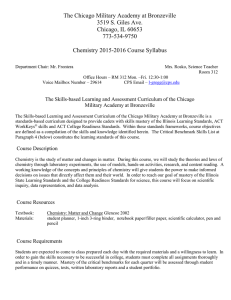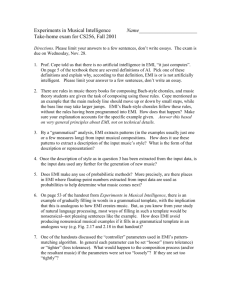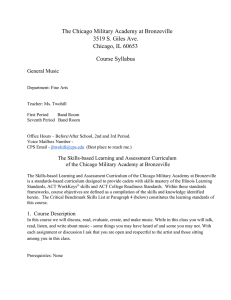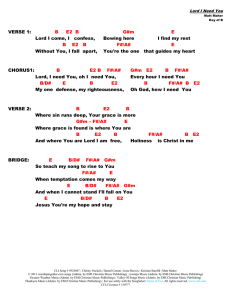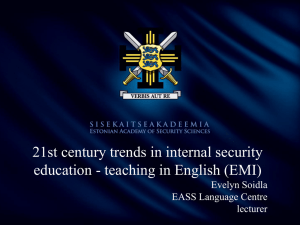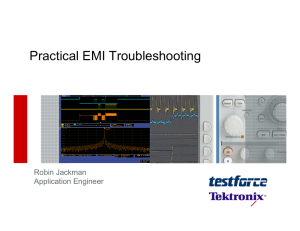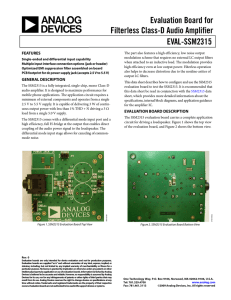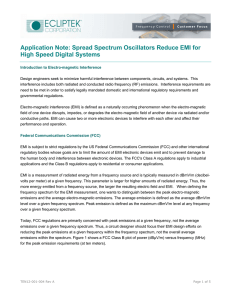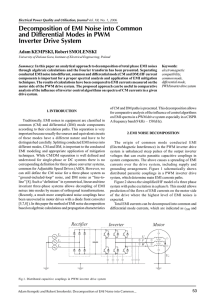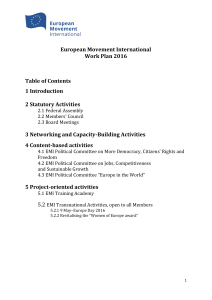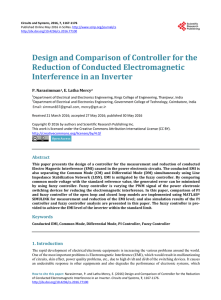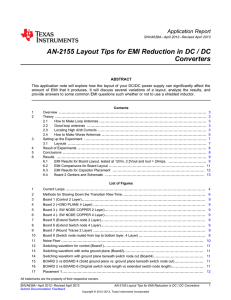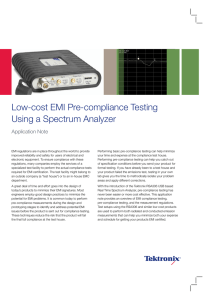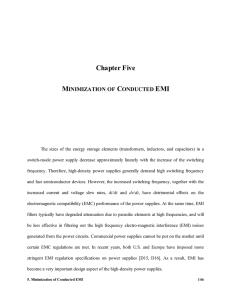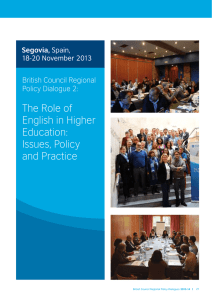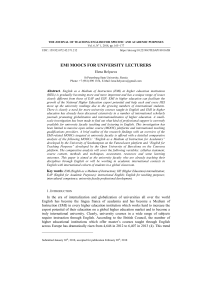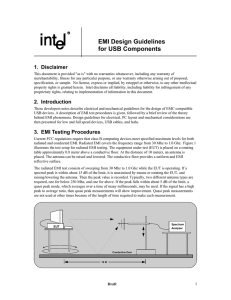The Chicago Military Academy at Bronzeville 3519 S. Giles Ave. 773-534-9750
advertisement
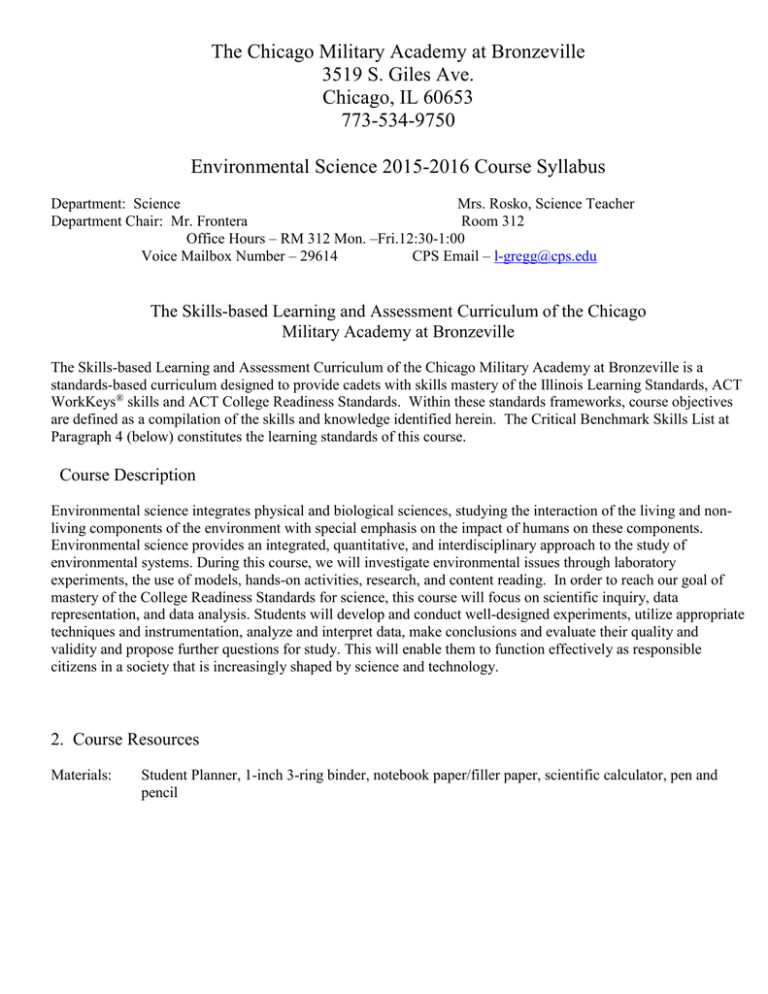
The Chicago Military Academy at Bronzeville 3519 S. Giles Ave. Chicago, IL 60653 773-534-9750 Environmental Science 2015-2016 Course Syllabus Department: Science Mrs. Rosko, Science Teacher Department Chair: Mr. Frontera Room 312 Office Hours – RM 312 Mon. –Fri.12:30-1:00 Voice Mailbox Number – 29614 CPS Email – l-gregg@cps.edu The Skills-based Learning and Assessment Curriculum of the Chicago Military Academy at Bronzeville The Skills-based Learning and Assessment Curriculum of the Chicago Military Academy at Bronzeville is a standards-based curriculum designed to provide cadets with skills mastery of the Illinois Learning Standards, ACT WorkKeys® skills and ACT College Readiness Standards. Within these standards frameworks, course objectives are defined as a compilation of the skills and knowledge identified herein. The Critical Benchmark Skills List at Paragraph 4 (below) constitutes the learning standards of this course. Course Description Environmental science integrates physical and biological sciences, studying the interaction of the living and nonliving components of the environment with special emphasis on the impact of humans on these components. Environmental science provides an integrated, quantitative, and interdisciplinary approach to the study of environmental systems. During this course, we will investigate environmental issues through laboratory experiments, the use of models, hands-on activities, research, and content reading. In order to reach our goal of mastery of the College Readiness Standards for science, this course will focus on scientific inquiry, data representation, and data analysis. Students will develop and conduct well-designed experiments, utilize appropriate techniques and instrumentation, analyze and interpret data, make conclusions and evaluate their quality and validity and propose further questions for study. This will enable them to function effectively as responsible citizens in a society that is increasingly shaped by science and technology. 2. Course Resources Materials: Student Planner, 1-inch 3-ring binder, notebook paper/filler paper, scientific calculator, pen and pencil Course Requirements Students are expected to come to class prepared each day with the required materials and a willingness to learn. In order to gain the skills necessary to be successful in college, students must complete all assignments thoroughly and in a timely manner. Mastery of the critical benchmarks for each quarter will be assessed through student performance on quizzes, tests, and written laboratory reports. Computation of Grades: Summative Assessments Benchmark Quizzes Quarterly Exams Laboratory reports Benchmark Assignments Class participation 70% 20% 10% Grading Scale A= 90-100 B= 80-89 C= 70-79 D= 60-69 F= Below 60 (failure) Quarter 1 Unit 1: Introduction, Nature of Science, Safety Unit 2: Relationships between the atmosphere, biosphere, lithosphere, and hydrosphere. Unit 3: Interactions within and between biomes 1. Select two or more pieces of data from a simple data presentation (ID 16-19) 2. Translate information into a diagram (ID 20-23) 3. Find basic information in a brief body of text (ID 16-19) 4. Understand the methods used in a simple experiment (SI 16-19) 5. Understand basic scientific terminology (ID 16-19) 6. Identify a control in an experiment (SI 20-23) 7. Understand a simple experimental design (SI 20-23) 8. Translate information into a table (ID 20-23) 9. Select a simple conclusion that is supported by a data presentation (EMI 20-23) 10. Identify key issues or assumptions in a model (EMI 20-23) Quarter 2 Unit 4: Resources Unit 5: Waste Unit 6: Air 1. Translate information into a diagram (ID 20-23) 2. Find basic information in a body of text (ID 16-19) 3. Compare or combine data from a complex data presentation (ID 24-27) 4. Select data from a complex data presentation (ID 20-23) 5. Translate information into a graph (ID 20-23) 6. Select a simple hypothesis that is supported by a data presentation (EMI 20-23) 7. Understand the methods and tools used in a moderately complex experiment (SI 24-27) 8. Select a simple conclusion that is supported by a data presentation (ID 20-23) 9. Determine whether given information supports or contradicts a simple conclusion (EMI 24-27) 10. Identify strengths and weaknesses in one or more models (EMI 24-27) Quarter 3 Unit 7: World Food Supply Unit 8: Population Growth Unit 9: Conservation 1. Predict the results of an additional trial or measurement in an experiment (SI 24-27) 2. Analyze given information when presented with new, simple information (ID 24-27) 3. Translate information into a table (ID 20-23) 4. Identify key issues or assumptions in a model (ID 20-23) 5. Identify similarities and differences between models (EMI 24-27) 6. Select a complex conclusion that is supported by data (EMI 28-32) 7. Identify and/or use a simple mathematical relationship between data (ID 24-27) 8. Interpolate between data points in a table or graph (ID 24-27) 9. Determine the experimental conditions that would produce specified results (SI 24-27) 10. Determine how the value of one variable changes as the value of another variable changes in a simple data presentation (ID 16-19) Quarter 4 Unit10: Water Unit 11: Energy 1. Predict the results of an additional trial or measurement in an experiment (SI 24-27) 2. Analyze given information when presented with new, simple information (ID 24-27) 3. Translate information into a table (ID 20-23) 4. Identify key issues or assumptions in a model (ID 20-23) 5. Identify similarities and differences between models (EMI 24-27) 6. Select a complex conclusion that is supported by data (EMI 28-32) 7. Determine the hypothesis in an experiment (SI 28-32) 8. Interpolate between data points in a table or graph (ID 24-27) 9. Determine whether new information supports or weakens a model and why (EMI 28-32) 10. Understand a complex experimental design (SI 24-27)

